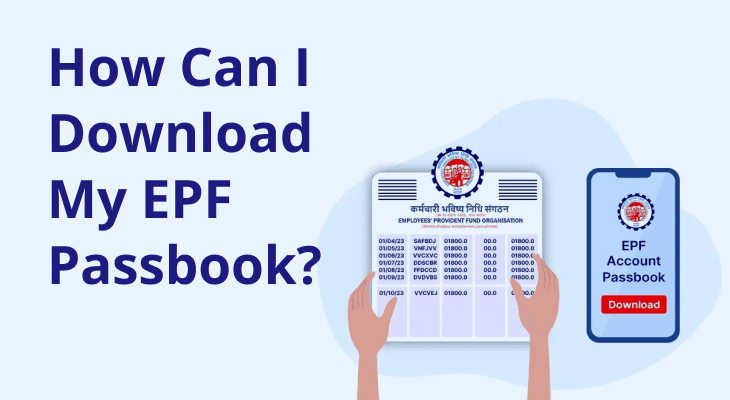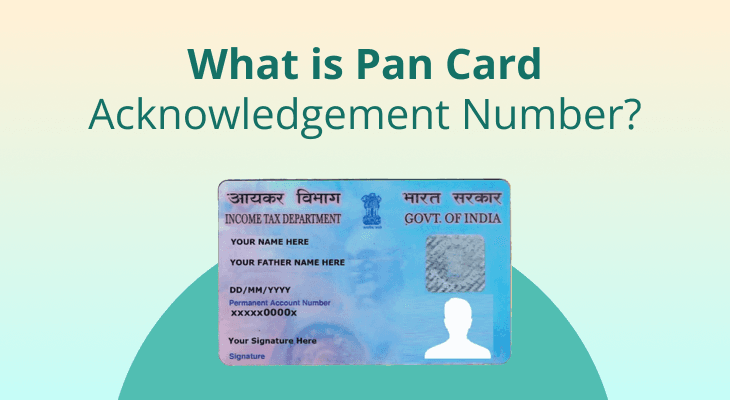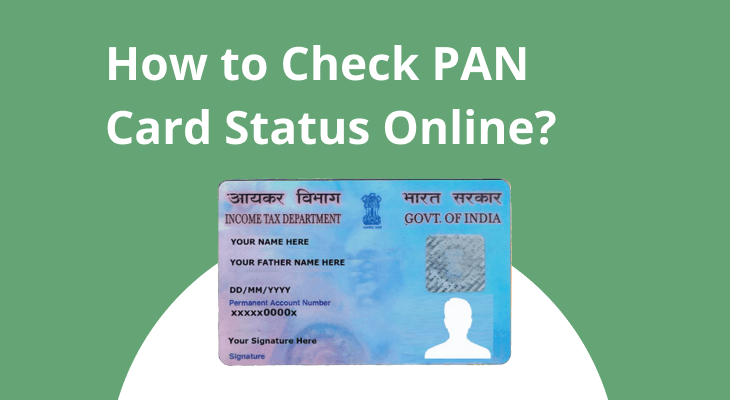
How to Effectively Imbibe Customer Feedback While Scaling a Fintech Platform
Feedback plays a crucial role in any business, yet it often arrives in unstructured forms, typically as open-ended responses from customers. The key to success lies in understanding the underlying need behind each piece of feedback.
The best approach, from my experience, is to engage in one-on-one conversations with customers. This not only makes the feedback more direct and actionable but also ensures it is easier to comprehend, as opposed to relying on impersonal surveys.
The Importance of Direct Customer Engagement
When identifying feedback that truly adds value to your business, the most important factor is its impact on your platform’s performance. For us, feedback that can increase the number of trades on our platform is invaluable. However, it’s crucial to understand that good customers often won’t leave formal feedback, they will simply leave if they are dissatisfied. Therefore, maintaining regular contact with these customers is essential for uncovering issues and gathering insights that can drive improvements.
The process of collecting this feedback is multifaceted. One of the most efficient ways to gather real-time insights is by using in-app feedback tools such as widgets or pop-ups. Additionally, surveys like Net Promoter Score (NPS), Customer Satisfaction (CSAT), and feature-specific surveys, are effective for gathering structured data.
Social listening also offers valuable insights; monitoring platforms like Twitter, Reddit, and app store reviews allows you to stay tuned into customer sentiment. Moreover, speaking directly with users, especially power users or those who have churned, can provide deep insights. A closed user group (CUG) is another excellent tool for gathering customer feedback before launching any new product.
Gaining Insights from Competitors
Competitor analysis is an indispensable part of scaling a fintech platform. In today’s competitive landscape, it's not just about direct competitors. Indirect competition, like e-commerce, cryptocurrency platforms, and food delivery apps, can provide invaluable insights into market trends and customer behavior.
These industries are often more attuned to the demands of modern consumers, and by studying them, we can better understand customer expectations and improve our offerings.
Building a Deep Understanding of Your Customers
To truly know your customer, it’s crucial to engage in user research. Interviews, surveys, and usage data can help uncover pain points and desires. Tools that track user behavior and product usage are vital in identifying the most popular features and the journeys that keep users returning to your platform. Understanding what keeps a customer loyal to your platform—whether it’s a specific feature or a seamless experience—enables you to focus on enhancing these elements to drive engagement.
Turning Customer Insights into Actionable Features
Re-engineering customer feedback into actual product features can be challenging. While creating something from scratch may seem easier than fixing an existing product, it’s important to approach this task carefully.
When gathering feedback on prototypes, customers often provide closed-ended responses like a simple ‘yes’ or ‘no’ when asked about design or flow. To improve upon these prototypes, it’s crucial to probe deeper and ask follow-up questions to gain more detailed insights. Moreover, when building products, it’s essential to account for failure scenarios that are often overlooked during the prototyping phase.
Failing to consider these potential issues can lead to customer dissatisfaction when the product is launched.
Bridging the Gap Between Customer Needs and Solutions
While customers are excellent at explaining the problems they face, thinking of a solution is often a struggle. They may not always be aware of better alternatives, which is why it’s important to focus on understanding the problem at hand.
Once the problem is identified, it’s necessary to prioritise solutions that can create the most significant impact. By focusing on what needs to be built with a clear vision and goal, one can ensure that the features developed truly address customer needs and improve their experience.


